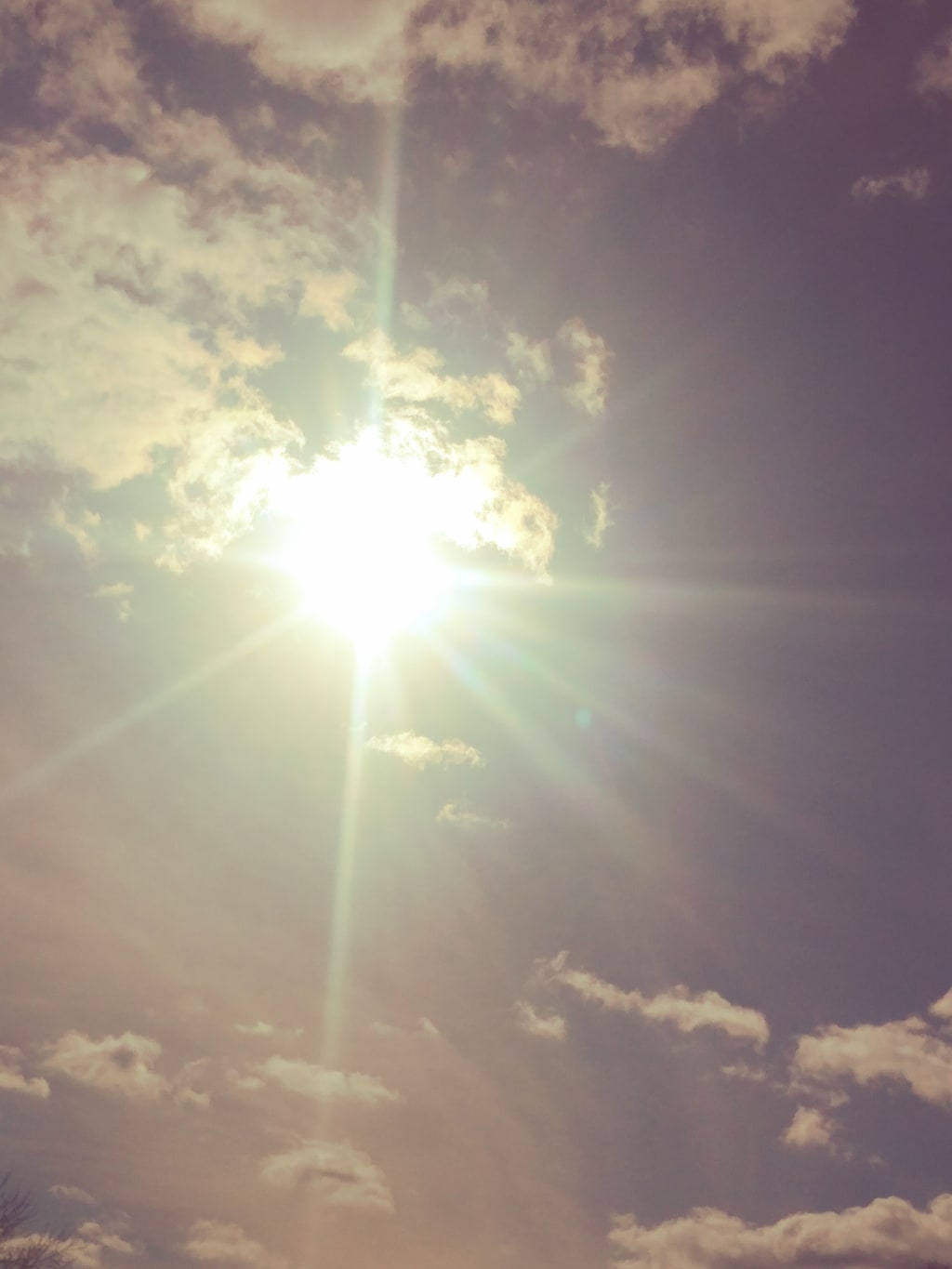Breakfast Of The Gods.
"That method of preservation had been applied not just to wines but to vegetables, fruits, and once, an entire sheep in a jar."

Cultivation of wheat began about 8,000 AD, with increasingly better strains of wheat eventually reaching the point where they had enough gluten to make yeasted breads by 1,350 AD, according to archaeologists.
Skip ahead, a few thousand years, to 1922, when some wheat bran is accidentally spilled onto a hot stove, resulting in baked brown delicious-tasting flakes. For over two years, in 36 separate mixtures, this accident was worked over until a way was devised to make those flakes strong enough to be put into a box and shipped around the world.
The cardboard box those flakes would be shipped in didn’t exist, in any form, until a German came up with the idea of folding hard corrugated paper layers into a cube. That was in 1817. But it would be 63 years of trying before someone came up with a way of mass-producing those boxes, a discovery by accident: a misplaced metal ruler resulted in paper-cutting going wrong, and the box was created.
The bowl you pour the flakes into has existed for thousands of years. The spoon you will use to pick up the flakes and put them in your mouth is a mere child by comparison, possibly not having been in common use in the western world until 1259 AD.
Milk for cereal has been available since 9000 AD, though it was not until many, many years later that we would think to heat the milk up a bit before shipping it out so it didn’t kill you as you ate your cereal: heating liquids up to pasteurize them began with wine in 1,117 AD, and that method of preservation had been applied not just to wines but to vegetables, fruits, and once, an entire sheep in a jar, but it would be 69 years before we progressed from the ability to appertise a food to pasteurizing milk.
2,513 years ago, people in India began boiling sugarcane to produce sweeteners. Sugarcane came back to Europe because Columbus had an affair with the governor of the Canary Islands on one of his voyages, and she gave it to him as a parting gift.
Canes of sugar are milled to extract juice, treated with limes, dipped in enzymes to destroy harmful bacteria, then concentrated through a series of evaporators until ultimately the syrup is packed into a vacuum to remove all air from it, then bleached by sulfur dioxide to make it whiter. Even then it is not ready for you to dip your spoon into and sprinkle it over those accidental bran flakes that stretch back 10,000-plus years, as it must first be immersed into a concentrated industrial syrup to separate the crystals, then the solids must be precipitated out by a process known as phosphotation, and then an ion-exchange resin is used to make the crystals even whiter, which is to say your sugar was run through a series of beaded polymers suspended in an insoluble matrix in order to trap some ions while releasing others so that it would be pleasing to your eye.
Even then, it is still not ready: it must be boiled and cooled and seeded with other sugar crystals that teach this as-yet-unrefined youngster how to turn itself into the pure white delight you have on the tip of your spoon, then spun in a centrifuge, dried, packed into bags, put on trucks shipped around the country, and eventually put into the bowl on your countertop.
While all that took humans millennia, about 93,000,000 miles away, a mass of hot plasma held together by magnetic bands compresses in on itself, taking its constituent parts, which are essentially just loose electrons, and pushing them together with so much force that they become something entirely new. It does this 620,000,000 times per second, and in the process, those compressed-and-made new electrons emit energy, a burst so powerful that it can fly at a speed of 299,792,458 meters per second – the earth is only 4,000,000 meters in circumference,if you want a comparison, so this speck of light could circumnavigate the Earth 4,500 times in a minute—that light speck zipping through space, avoiding all obstacles, skirting around hot, metallic Mercury and past cloudy sulfurous Venus to enter our atmosphere, not hitting a single atom of air in the (relatively) dense soup of molecules piled 700 kilometers up from the ground, down down down through the sky and past the trees and through your window and over your shoulder until it strikes just right and reflects back off the paper and into your eye, at which point you finally realize, the end product of all of this, that you don’t understand the punchline to Garfield.
About the Creator
Briane Pagel
Author of "Codes" and the upcoming "Translated from the original Shark: A Year Of Stories", both from Golden Fleece Press.
"Life With Unicorns" is about my two youngest children, who have autism.
Find my serial story "Super/Heroic" on Vella.






Comments
There are no comments for this story
Be the first to respond and start the conversation.